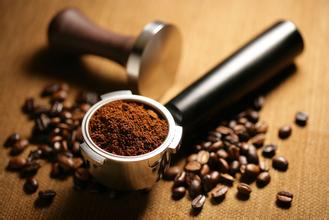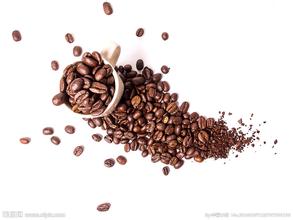Development history of mocha coffee beans
Mocha gets its name from the famous port of Mocha. Transportation in East Africa was very underdeveloped in the 15th century, but it produced the world's most precious coffee beans, which were gathered in the Yemeni port of Mocha and shipped to Europe. Today, Port Mocha
Photo of mocha coffee making method
Photos of the method of making mocha coffee (11)
Has retreated inland due to the accumulation of mud, and emerging ports, including Mombasa, Durban and other ports, have replaced the port of Mocha, but the producing areas of mocha coffee remained during the period of Mocha Port, and the coffee beans produced by these areas are still called mocha coffee beans.
Mocha beans are so popular because of their rich taste. Aromas of red wine, wild game, dried fruit, blueberries, grapes, cinnamon, tobacco, sweet spices, log, and even chocolate. Europeans like mocha coffee very much and have always regarded it as a consumptive luxury.
With the birth of Italian fancy coffee, people try to add chocolate to ordinary coffee instead of mocha, which is now often available. Italian fancy mocha coffee, by mixing Italian espresso Espresso from 1 to 3, hot milk from 2 to 3, and then adding chocolate. The traditional Italian fancy mocha uses chocolate syrup as the raw material, and because mocha is so popular that more home-made mochas are replaced by chocolate powder. Today's mocha coffee in addition to dark chocolate, milk chocolate can also be used as one of the ingredients. Unlike cappuccino's thick milk foam, mocha has no milk foam at the top and is replaced by whipped cream with cocoa powder and cinnamon. Candied fruit is also used as an ornament for mocha coffee on top.
Therefore, the so-called mocha coffee is actually the general name of mocha bean coffee and fancy mocha coffee. Tasters must pay attention to this when tasting mocha coffee, lest the coffee ordered is not the mocha coffee in mind.

Important Notice :
前街咖啡 FrontStreet Coffee has moved to new addredd:
FrontStreet Coffee Address: 315,Donghua East Road,GuangZhou
Tel:020 38364473
- Prev

The first experience of AA coffee beans in Tanzania
Tanzania coffee beans are absolutely comparable to neighboring Kenya, but the quality of coffee in the country is not strictly controlled, and carelessness in many processes often destroys the quality of coffee (such as transportation). Good quality Tanzanian coffee beans are divided into AA and A grade the raw beans of this Tanzanian AA coffee bean look neat and have a delightful light green. Baked Tanzania AA
- Next

Sumatra Mantenin Coffee Bean Introduction
Sumatra's mantenin beans are half washed and half air-dried, and the raw beans look so ugly that many novice roasters misunderstand their appearance and think they have been cheated. But when the mantling beans are roasted, especially when they are deeply roasted, their appearance is rich and round, their texture is dense, and the coffee oil on the surface is not
Related
- Does Rose Summer choose Blue, Green or Red? Detailed explanation of Rose Summer Coffee plots and Classification in Panamanian Jade Manor
- What is the difference between the origin, producing area, processing plant, cooperative and manor of coffee beans?
- How fine does the espresso powder fit? how to grind the espresso?
- Sca coffee roasting degree color card coffee roasting degree 8 roasting color values what do you mean?
- The practice of lattes: how to make lattes at home
- Introduction to Indonesian Fine Coffee beans-- Java Coffee producing area of Indonesian Arabica Coffee
- How much will the flavor of light and medium roasted rose summer be expressed? What baking level is rose summer suitable for?
- Introduction to the characteristics of washing, sun-drying or wet-planing coffee commonly used in Mantenin, Indonesia
- Price characteristics of Arabica Coffee Bean Starbucks introduction to Manning Coffee Bean Taste producing area Variety Manor
- What is the authentic Yega flavor? What are the flavor characteristics of the really excellent Yejasuffi coffee beans?

